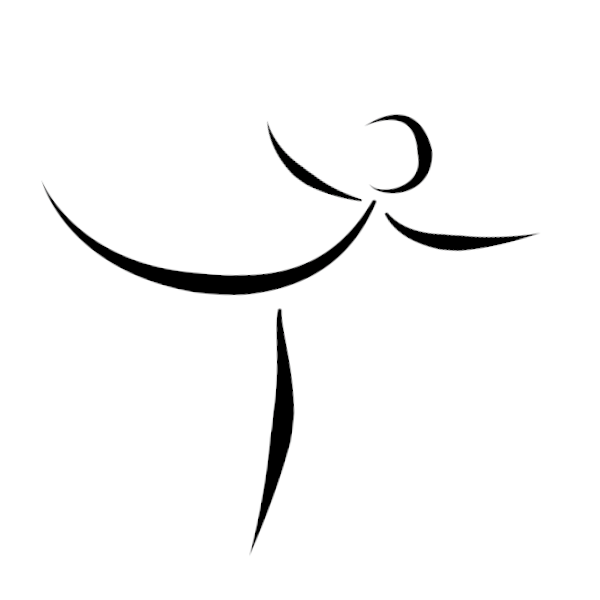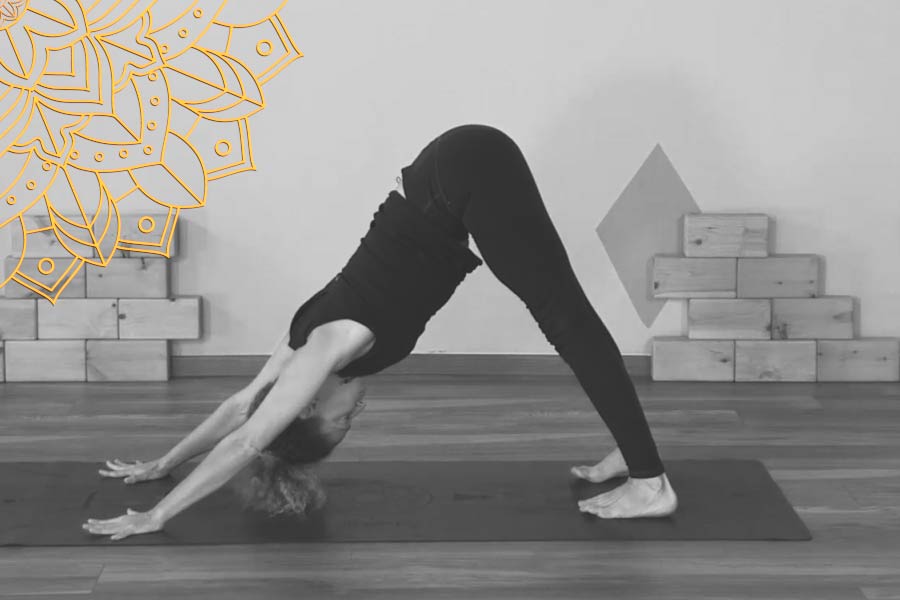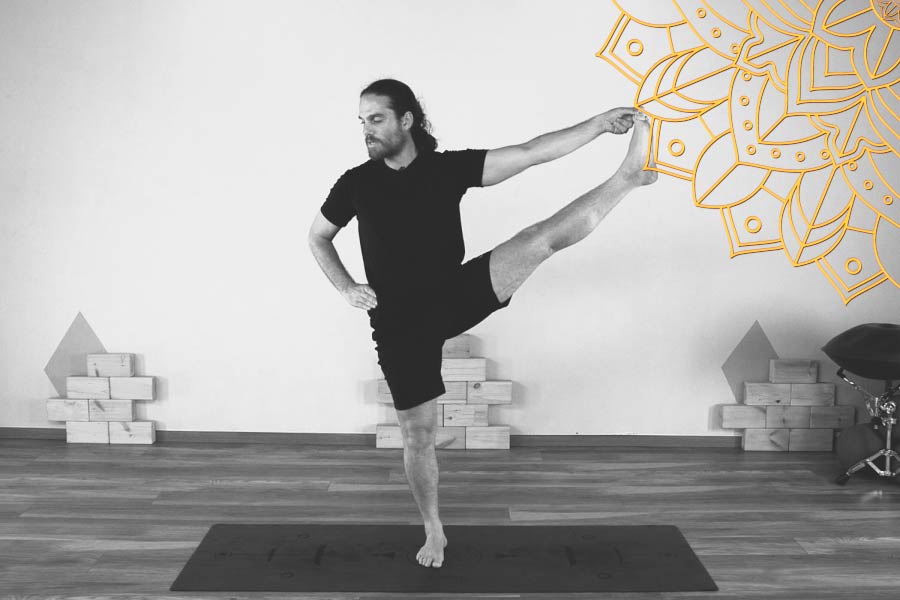Ashtanga Vinyasa
Back to all Methods

The name Ashtanga yoga is derived from the ancient Sanskrit language meaning “the eight limbs of yoga”. These techniques where first discussed by Patanjali, a revered yoga revolutionary, who described these techniques as a means by which one could achieve a better life. It combines physical movements to better one’s physical being as well as incorporating moral and ethical instructions to uphold throughout one’s life. It is important that we begin our practice of ashtanga by firstly understanding what it is. As previously mentioned, Ashtanga is an antique practice that incorporates our physical state with the spiritual one.
The rise of Ashtanga as we know it today is a fascinating progression over the centuries, and in its most recent iteration incorporates asanas from Hatha yoga, developed by Verna Rashi. These movements heavily link breathing techniques with the movements. These movements follow a definitive flow that is normally practiced without music or props to eliminate external distractions. The breathing techniques of Ashtanga yoga are used extensively to control our bodies energies and are used in combination with the six-fundamental series of ashtanga series. The first of these series- the Chikitsa series-in which it aims to realign our spines, as well as to clear our bodies of toxins, increase strength and endurance.
In this course we will study Mysore Ashtanga, in which we will exercise asanas individually. This course is not guided with an instructor to assist individual techniques and make any adaptations required by the individual, depending on any perceived physical limitations.
Patanjali Yoga Sutra:
Ashtanga (“eight limbs”) is a common term used in many modern yoga disciplines that integrate philosophies and sutras from Patanjali yoga. Patanjali claimed that the way to elightentment is throught spiritual techniques that incorporate ethical practices and physical techniques of balancing and breathing techniques.
YAMA- Social restraints.
YAMA is the work revolving the growth and development of personal character and spirit. It is made up of five ethical codes of behavior, practived in word, thought and deed:
Ahimsa- Non-violence and avoiding confrontation with others, self or any being. This is not limited to physical altercations, but also to violence in speech or thoughts.
Satyam-Truthfulness- first and foremost to self, but also to others. It encourages developing senserity and truthfulness. When your actions do not match what you say, you “invite” others to lie to you. Be loyal to your intentions
Brahmacharya-Moderation in all things- it encourages us to aspire to connect with the divine, to approach fundamental truth and attain self-restraint, and refrain from being falling subject to our desires
Asteya-non-stealing- it is forbidden to steal any object or material possession that does not belong to you, including intellectual properties, personality traits. The idea behind this philosophy is to question our willingness to take from others rather than contribute, or give to others.
Aparigraha-non-greed- we must refrain from anything that is not essential to our wellbeing. We should strive to minimize our greed and envy, especially for materialistic things.
NIYAMA – Self-disciplines.
The five Niyamas are tools for constructive cultivation of happiness and self-confidence. These are essential to develop in your practice of yoga.
Shaucha- Self purification- it is made accomplished by several techniques that encourage cleansing of our mind body and spirit. It involves cleansing our enviornment, both external and internal. This includes our immediate surrounding, what we ingest and take into our bodies, and cleansing our mind
Santosha-Contentment- the practice of modesty, thankfullnes and contentment with what you have.
Tapas- Self-discipline- Tapas employs techniques that require a conflict and in so doing challenges you to overcome a particular challenge and bring about a change of some kind- this can be done to improve our health, state of mind, develop a new habit and so forth. This kind of change can only be accomplished by self-discipline, by challenging ourselves we bring about growth and maturity.
.Svadhyaya-Self-Study- meditation and self-reflection. As we train and familiarize ourselves with our own personalities and inner intricacies, we begin to understand our environments. It is an effort to discover our inner selves and this particular niyama enables a deep, enriching experience that goes beyond improving our yoga abilities.
Ishvara Pranidhana- Self surrender- regardless of your personal beliefs, submitting ourselves to a higher understanding is a powerful tool that can be utilized to surrender our ego and personal illusions that we display in an effort to reach another dimension of clarity and understanding. we do not submit mindlessly, and it does not encourage a blind following of any deity, but rather encourages personal growth independent of any single religious undertaking.
Pattahbi Jois has stated that Yama and Niyama are difficult practices followed in vinyasa yoga, he claims that they are "not possible to practice the limbs and sub-limbs of yama and niyama when the body and sense organs are weak and haunted by obstacles". It is because of this truth that we must built a supportive infrustracture by practicing asanas and Pranayamas (Patthabi Jois in an interview with Sandra Anderson, Yoga international magazine, 1994)
ASANA- Posture
The aim of an asana is to condition stability and balance, this enables one to challenge their body and expand their skills. This form of training diminishes the physical challenges associated with practicing meditative yoga, bringing balance to one’s body and ridding themselves of toxins, as well as building self-discipline and improving their overall health.
PRANAYAMA – Breath Control
Pranayama is the bridge between body and spirit through breath control techniques. These help to expel our bodies of obstacles, both physical and mental. The physical action of breathing causes a sense of release, and in so doing it brings about a flow of prana- “life force”. The techniques we use when practicing Pranayama rejuvenates our body and mind.
PRATYAHARA - withdrawal of the senses
“When the mind runs after the wandering senses, then it carries away one’s understanding, as the wind carries away a ship on the waters. Therefore, the wisdom of him whose senses are withdrawn from the objects of the senses stands firm.” (Bhagavad Gita)
The act of withdrawal of the senses links together the external world with the internal world. People often fall prey to their senses. We often find pleasure in materialistic things and wealth is said to make people addicted to sensual stimulation, yet these indulgences conflict with the principles of Yoga. Yoga teachings emphasize that our senses are simply tools, we employ these tools at any time as we see fit, however we should not be overcome by these stimuli. This does not suggest that we must suppress our senses, but rather to enjoy using these tools while being able to control them.
Yoga classifies the mind into four aspects:
Manas- The perceiving mind
Buddhi- Intelect
Chitta- Feeling
Ahamara- Ego and the sense of self
How to apply these principles? The sounds of a strong and stable Ojai breath helps focus our ears, and the exertion helps focus our consciousness. Pratihara works by employing only the most most superfitial part of our consciousness. This action later prepares us to work using deeper levels of our consciousness. The use of Drishti (focused gaze) prevents our eyes from wondering and distracting our mind. Keeping a clean body, and a clean surrounding prevents our bodies from being distracted by smell.
DHARANA- concentration of the mind
Dhāraṇā works by training our mind to concentrate on a single physical object and thus avoiding other thoughts, this help train our concentration. The name Dhāraṇā translates to the “act of holding, supporting, maintaining, a good memory", or "firmness, steadfastness, certainty". When practicing Dhāraṇā we hold on to the object in our minds refraining from drifting off and letting our mind focus, it is the initial stage in developing deep meditative concentration.
DYHAN- contemplation and meditation- once we experience and improve our ability to focus our mind on a single object, we can progress to a meditative state. At this stage, the conscious mind can flow freely without distractions from our internal or external stimuli and achieve a meditative state.
SAMADHI- is characterized by intense concentration achieved through meditation. It literally translates to
SAM-“together” A-“toward” DHI-“hold”
This indicates that SAMADHI is a conscious state in which the practitioner becomes one with the object. It allows you to connect and view anything with absolute clarity and without distraction. The mind becomes a tool for you to use as you see fit, and no longer acts as a manipulator of your being.
Courses

Ashtanga - primary series
Comprehensive first series course
The following course encompasses the entire Ashtanga primary series.
The course entails the guiding philosophy that underly Ashtanga Yoga (in which we focus postures, breathing techniques, Sanskrit counting methodology, and tales of ashtanga mythology that serve as the foundations of this ancient technique)
This course breaks down the ashtanga primary series into segments highlighting each of the poses within the primary series (standing poses, sitting poses, forward bend poses, backward bend poses and inverted poses)

Ashtanga counted method
Practice the first series
Train the Counted Ashtanga Primary Series.
The training entails a three-phase approach to every pose (asana):
In the first phase we will breakdown the postures of every asana as we actively practice counting
In the second phase we will practice the asana as we count aloud
Finally, we will practice the asana while maintain a silent count